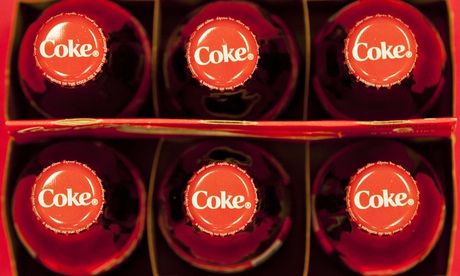
The dramatic progress we’ve seen over the past three years in the world of technology is starting to have material effects on the ways customers experience retail. The speed at which technology is innovating and developing is so fast that many of today’s fringe ideas could well become mainstream.
There are four technology trends in particular that will fundamentally drive these changes to retail and they’re all centred around personalisation: data science, the internet of things, the back office and personal production.
Data science
Increasing volumes of data and improved techniques to hold, merge and act upon that data in real-time is driving personalisation via the more traditional marketing levers: price, promotions, product and place.
Tesco and Ocado, for example, are the experts at personalising promotions via offers made specifically to an individual at a specific moment in time. Price personalisation has been pioneered (crudely) by Ryanair, easyJet and others. While they won’t reveal their methods, it’s widely believed airlines raise prices based on your flight search history to create a sense of urgency. On the product front, think of all those “you might also like” sections you find on big online marketplaces. In terms of place, Marks & Spencer is personalising clusters of products by merchandising outfit propositions – for example, shirt, trousers and socks – to encourage cross-shopping and category awareness.
Micro-location technologies – most famously iBeacons – will have a big role to play in this area. Beacon technology is increasingly being used to pinpoint precisely where a customer is browsing in store. This is achieved by the beacon communicating with your smartphone, however in future wearables are likely to be the conduit for that data.
The key to mastering beacons will be merging, in real-time, the context of a customer shopping trip in the store (what mission are they on?) with predictive analytics based on their past purchase behaviour (will they buy a sandwich or salad today?) with their location in the store (how long have they spent in the lunch food aisle?). Many retailers in all sectors are grappling with this challenge: Safeway, Waitrose and Macy’s have all deployed various micro-location technologies to provide customers with notifications, offers and inspiration.
The internet of things
The internet of things – the interconnection of everyday objects – is continuing to emerge. For example, in South Korea LG has demonstrated a fridge that is aware of its contents and their freshness, so the fridge itself can help plan shopping or even communicate with a smartphone while a customer is in store.
There are also startups who have imagined and created products that are both connected to the internet and provide a technical capability previously unachievable. For instance, Vessyl is launching a cup that is both internet connected and aware of its content: sugar, caffeine, even the brand and flavour. It is easy to see how the data from this device can be merged with a shopper’s purchase data to fine-tune drinks based on individual preference.
The back office
The back office is often seen as the unglamorous brother of the customer-facing experience, but improvements in technology implementations in the supply chain will create personal experiences here too. Volvo, for example, is launching Volvo on Call, a service integrated into its cars that allows delivery couriers to access the customer’s vehicle using a smartphone key and smartphone location services (which the couriers will need to have). This will allow customers’ orders to be delivered (or returns picked up) from their vehicle. An accompanying app allows shoppers to track this.
Personal production
Personal production has focused very much to date on 3D printing, which Amazon has brought into the mainstream. A whole host of fashion houses and retailers are experimenting with 3D printing, including Cubify, which is 3D-printing shoes for the luxury end, while Tamicare is aiming at the mass-produced underwear market.
Clues to the future might lie more with Coca-Cola’s recent tie up with Keurig, allowing for customers to make Coca-Cola at home in a machine. Again, it is not hard to imagine how this could combine with shopping or other consumption data to personalise the production of the Coca-Cola drink, tweaking the content to a specific individual, even if they’re in a certain mood – perhaps adding caffeine for those feeling down at the end of a tough week or reducing sugar for people on a health kick, evident from purchasing behaviour.
The four technology trends described are far from discrete: each trend provides significant opportunity for retailers, manufacturers and marketers to engage customers in new ways and with new propositions. Those that ultimately win out will be the organisations that are able to bring technology development across these trends together.
Jason Nathan is global multichannel capability director at dunnhumby, which you can follow on Twitter @dunnhumby
More like this
• Meet the shop assistant of the future
• Six ways technology is changing the way we shop
• Virtual reality and wearables offer opportunities for retailers
To get weekly news analysis, job alerts and event notifications direct to your inbox, sign up free for Media Network membership.
All Guardian Media Network content is editorially independent except for pieces labelled ‘Advertisement feature’. Find out more here.

